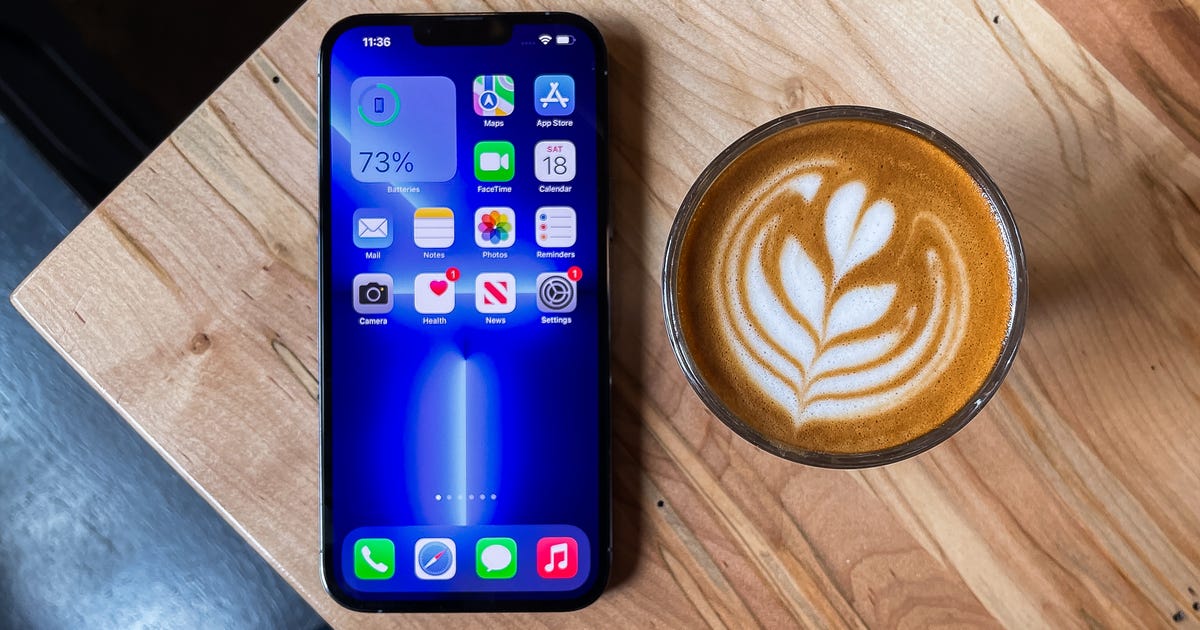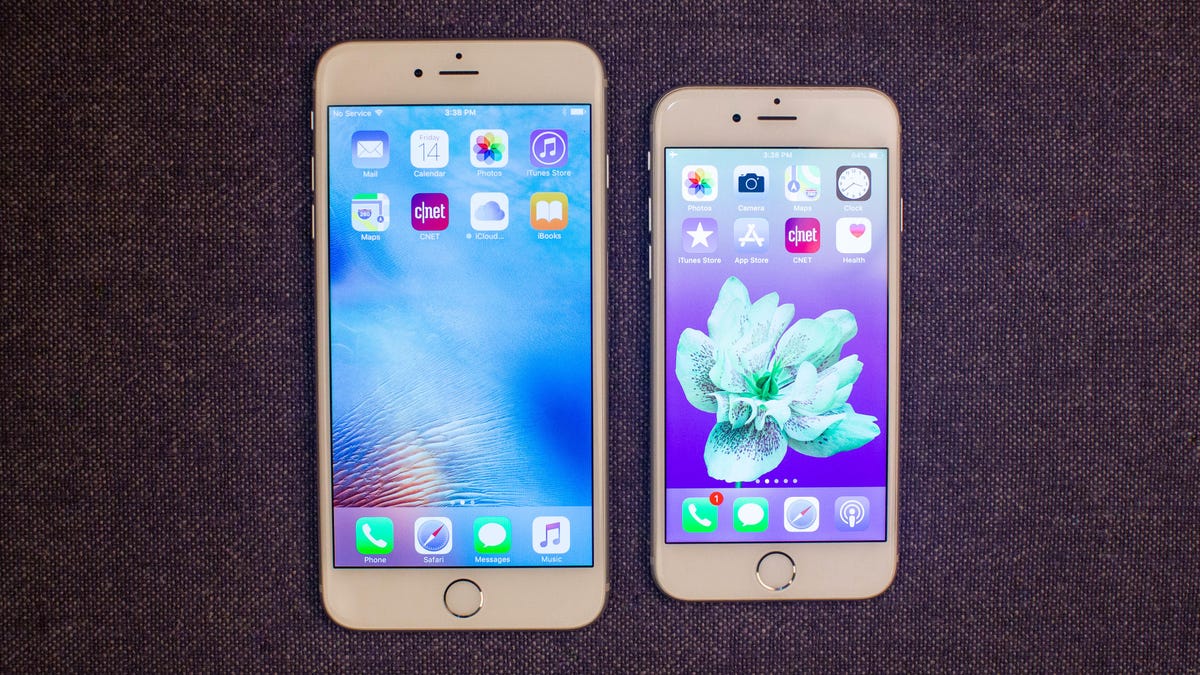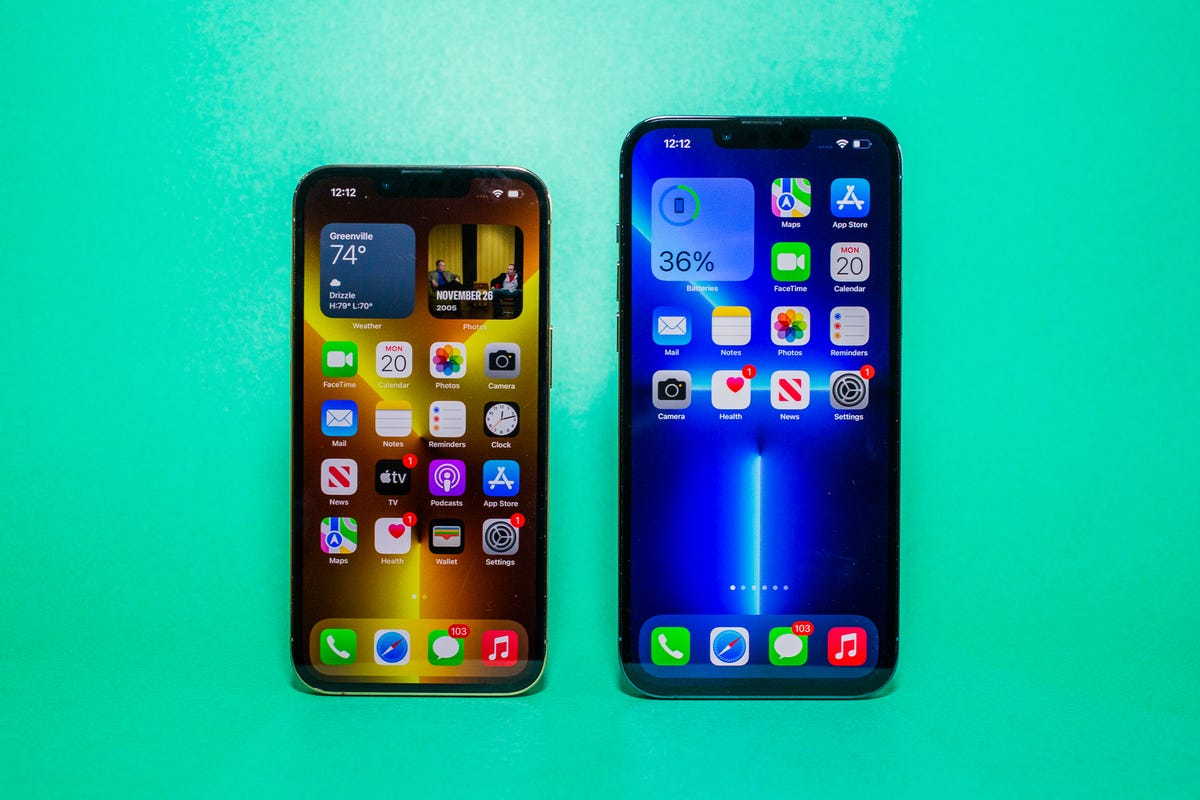
Apple’s iPhone 12 shook up the company’s phone lineup in 2020. It went bigger than ever with the 6.7-inch iPhone 12 Pro Max, but also made one of the smallest phones in modern iPhone history with the 5.4-inch iPhone 12 Mini. While those sizes stayed the same for 2021’s iPhone 13 lineup, Apple may change its iPhone roster again in 2022. If it does, it could be great news for anyone who prefers big-screened phones.
Apple will cut the iPhone Mini from its lineup and replace it with what sounds like an iPhone 14 Max in 2022, according to reports from Nikkei Asian Review and well-connected analyst Ming-Chi Kuo. Yes, you read that correctly, an iPhone 14 Max, not to be confused with the expected iPhone 14 Pro Max.
We don’t know much about Apple’s 2022 lineup, but reports suggest this new 6.7-inch phone will be a bigger version of next year’s standard iPhone. A 9to5Mac report describing Kuo’s research note says we’ll likely see four iPhone models total: Two high-end iPhones in 6.1-inch and 6.7-inch sizes, and two low-end iPhones in 6.1-inch and 6.7-inch sizes. A source with direct knowledge of the matter speaking with Nikkei Asian Review also described the new 6.7-inch model as a “relatively cost-effective version of the largest iPhone Pro Max.”
That’s a big deal because Apple’s supersized iPhones are usually reserved for those willing to pay top dollar for its premium smartphones. Yes, an iPhone 14 Max will likely be pricier than the standard iPhone 14. But since it’s expected to be positioned as a bigger iPhone 14, it still probably won’t be as pricey as the successor to the iPhone 13 Pro Max. Such a product could help Apple tap into a new market of potential iPhone buyers, possibly including those who may have gravitated toward Android to get bigger screens at lower prices.
Apple’s history of launching bigger iPhones
Apple knows there’s a market for larger phones. It began launching bigger iPhones in 2014 starting with the iPhone 6 Plus to better compete with devices like Samsung’s Galaxy Note. Apple has continued this pattern through 2021 with the iPhone 13 Pro Max, although its overall approach has varied over the years.
The iPhone 6 Plus, for example, was essentially a larger version of the iPhone 6. Other than its bigger screen, many of the technical details were the same, apart from some minor differences. But in other upgrade cycles, bigger screens have gone hand-in-hand with more dramatic camera upgrades. For instance, Apple introduced Portrait Mode on the iPhone 7 Plus, a feature that was exclusive to the dual camera on the larger phone and unavailable on its smaller sibling.

Angela Lang/CNET
That latter approach more closely lines up with Apple’s current iPhone strategy. Once again, Apple is only offering a bigger screen on the model that comes with extra cameras. The difference is that it now offers an in-between option in the iPhone 13 Pro. That iPhone is cheaper than the Pro Max and includes its triple-lens camera system along with other extras including support for a 120Hz refresh rate. But comes in at the same 6.1-inch size as the regular iPhone 13.
The iPhone 14 Max sounds like it could be the right middle ground for fans of big-screened phones. Just like the iPhone 13 Pro provides a better camera than the iPhone 13 at a lower price than the iPhone 13 Pro Max, the iPhone 14 Max could offer a more spacious screen at a lower price than the next Pro Max.
This could be especially helpful for people who want the bigger screen but don’t need the triple-lens camera, lidar sensor, macro photography and other luxury features that define the Pro iPhone models.
Why we like bigger phones
Launching an iPhone 14 Max would make sense for a number of reasons. For one, people seem to prefer larger iPhones. Data from Consumer Intelligence Research Partners shows that the 6.7-inch iPhone 12 Pro Max was the best-selling model in the third quarter of 2021, noting that buyers were avoiding “smaller, older models.” Meanwhile, demand for the iPhone 12 Mini had been weak, according to Nikkei Asian Review.
If you’re wondering why, the answer is simple and probably obvious: We use our phones for nearly everything. Americans now spend more time looking at their phones than they do watching TV, eMarketer reported in 2019. The pandemic exacerbated our reliance on the internet, and in turn our smartphones. Screen time among US adolescents, for example, more than doubled compared to pre-pandemic levels, according to a study published in the JAMA Pediatrics journal.
If you’re spending more time staring at your phone, it only makes sense that you’d want a larger screen. Some people — like me — may value a bigger screen over a more advanced camera, making an iPhone 14 Max sound all the more appealing. That’s especially true since I don’t own a personal laptop right now (I have a desktop computer for personal matters and a work-issued laptop for job-related duties).
That means I use my phone for a lot of everyday tasks like reading the news, checking emails and paying bills — all things that would be even easier on a bigger device. If I want a phone with a giant screen, my only choice as an iPhone user is to spend $1,100 on the iPhone 13 Pro Max — even though I can get by just fine with the standard iPhone’s dual-lens camera.

Sarah Tew/CNET
Larger phones can also be cumbersome to use, but there are two reasons why this doesn’t concern me in 2021. For one, I’m not commuting to work every day anymore. Actions that would be difficult on a 6.7-inch phone, like quickly checking the time, using it one-handed as I’m gripping the subway pole or squeezing it into a jacket pocket aren’t much of an issue anymore.
I also rely on my Apple Watch for those aforementioned tasks when I do leave the house or occasionally head to the office. My iPhone stays in my pocket or my bag until I’m ready to dive into some reading material or respond to work-related queries.
Android fans, on the other hand, have plenty of choice when it comes to big-screened phones. And some of them are less expensive than the iPhone 13 Pro Max. Both the $900 Google Pixel 6 Pro and $1,000 Samsung Galaxy S21 Plus come with 6.7-inch screens for a lower price.
Only Apple knows what 2022 will bring for the iPhone. But I’m hoping the rumors are true and we’ll see more variety for fans of big-screened phone fans. That is, at least until the much-rumored foldable iPhone arrives.
